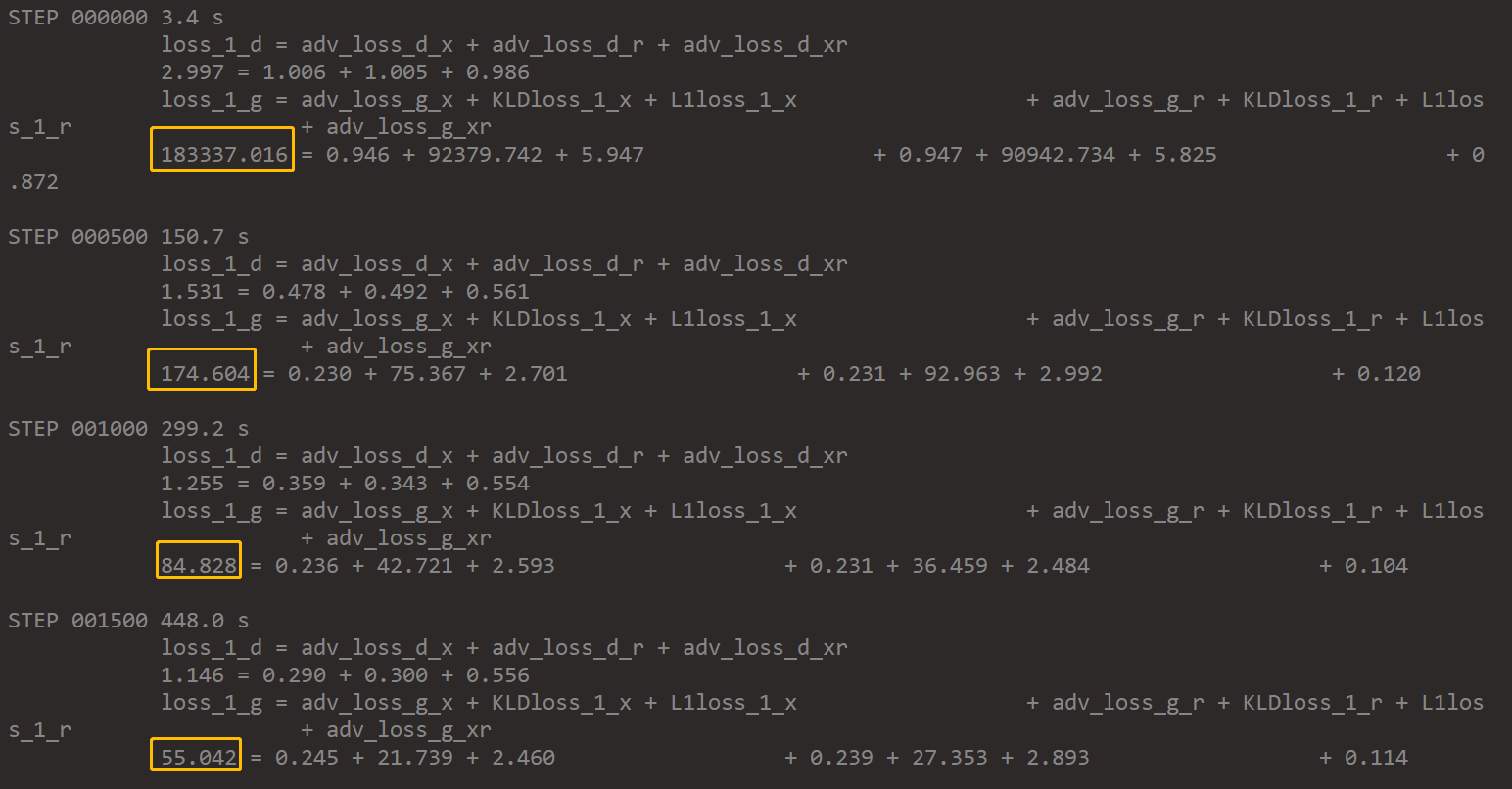New issue
Have a question about this project? Sign up for a free GitHub account to open an issue and contact its maintainers and the community.
By clicking “Sign up for GitHub”, you agree to our terms of service and privacy statement. We’ll occasionally send you account related emails.
Already on GitHub? Sign in to your account
My reimplemention of training #81
Comments
|
and the build_model(): you can find all related Net in |
|
and the Z_xr_Discriminator: |
|
and you need append some code in
|
|
append the training code of mapping(transfer z_x to z_y) net |
|
Self.mean_layer(z_x) layer involves (1) flattening followed by a fully connected layer or (2) just a fully connected layer? |
I have tried fc layers to 64x32x32 latent space but the vae is not trained successfully and then tried 1x32x32, but again it failed. I need find a third party vae github project of face restruction to check where i am wrong when implement reparam trick |
Can I get your source code repo of the training re-implementaion code? |
|
@jmandivarapu1 I would like to share, but I failed to train any meaningful result, so the training code may mislead you |
|
Wym and I don’t know how to use GitHub
…On Mon, Dec 28, 2020 at 10:21 PM poortuning ***@***.***> wrote:
@jmandivarapu1 <https://github.com/jmandivarapu1> I would like to share,
but I failed to train any meaningful result, so the training code may
mislead you
—
You are receiving this because you are subscribed to this thread.
Reply to this email directly, view it on GitHub
<#81 (comment)>,
or unsubscribe
<https://github.com/notifications/unsubscribe-auth/ARZD4SBC3CIEZ4RKTEVULBLSXFDKBANCNFSM4UU6JW4Q>
.
|
|
Thanks for your nice code!!
|
|
Training code is just added. Welcome to go through the training details. |


follow the jouranl edition of the paper, I wrote a pytorch Pseudocode training code
where the lsgan_d and lsgan_g is defined as following:
The text was updated successfully, but these errors were encountered: